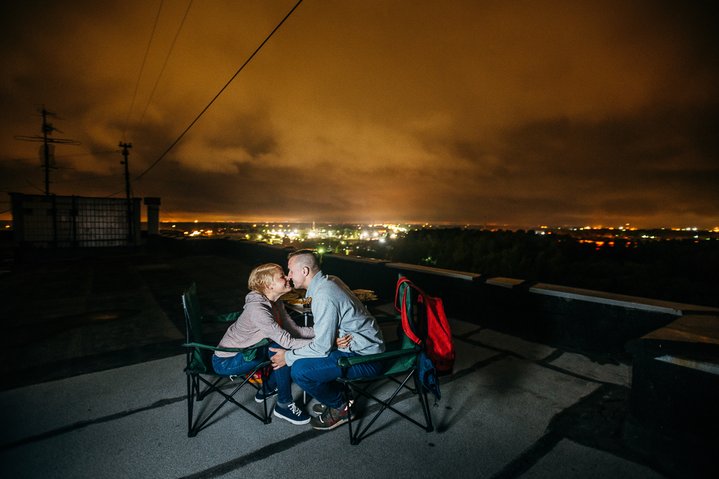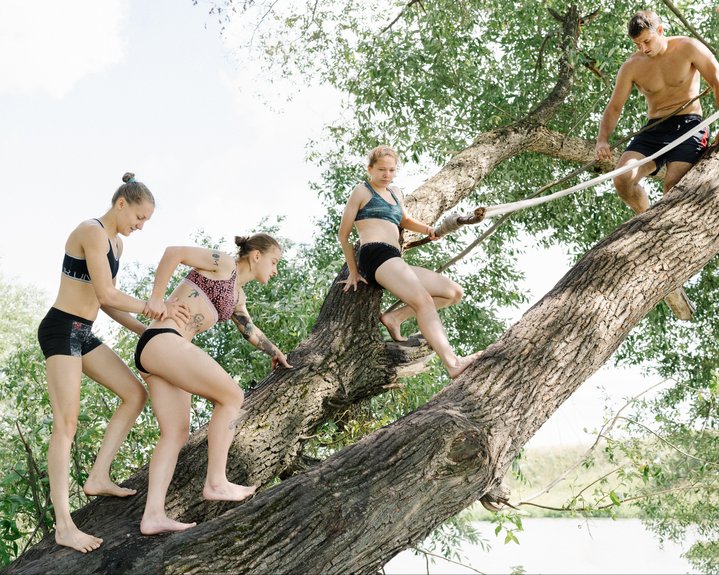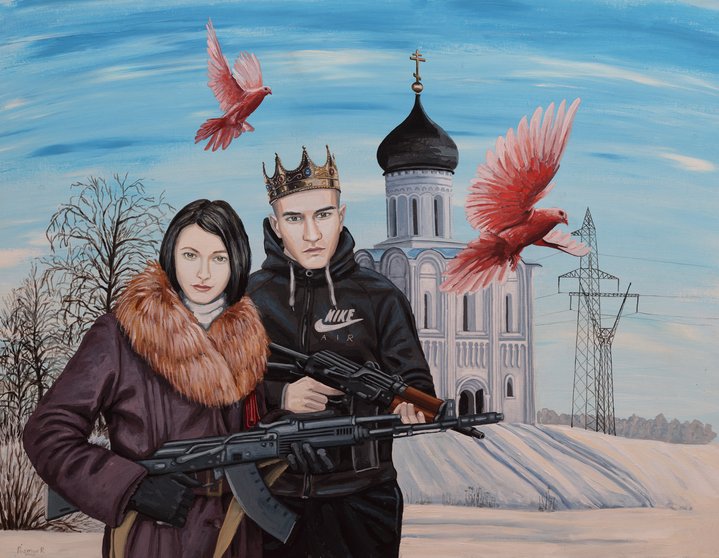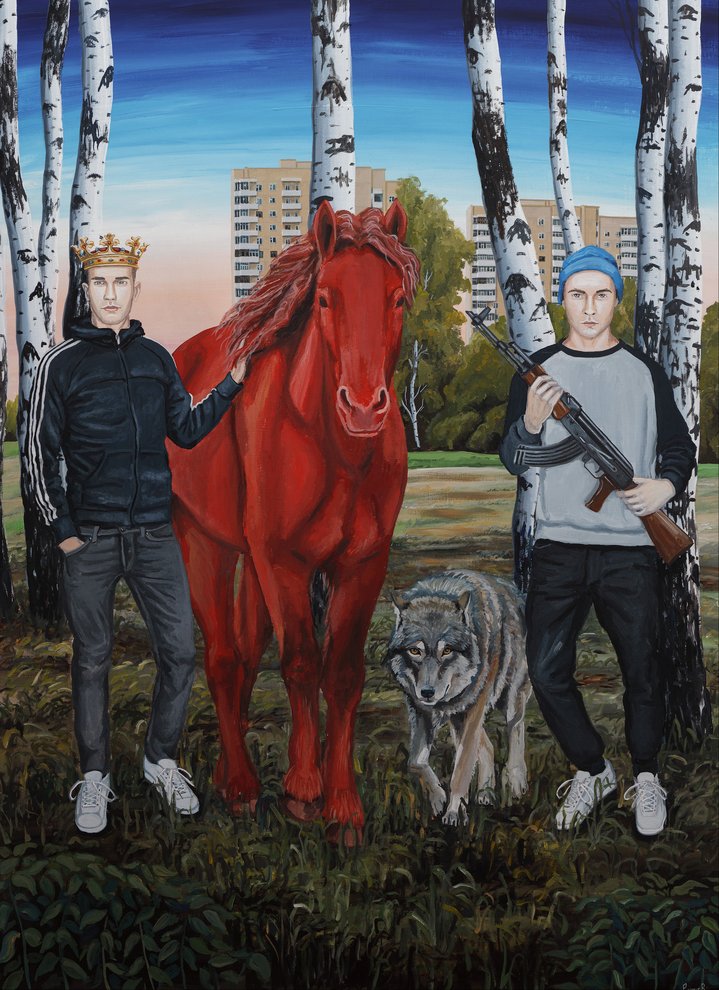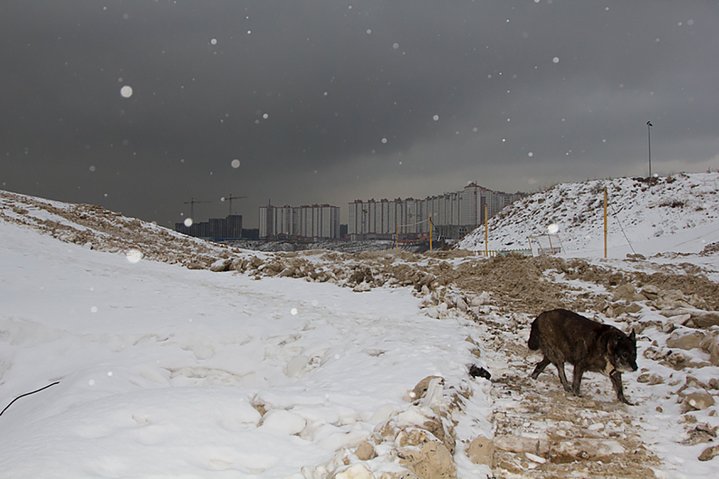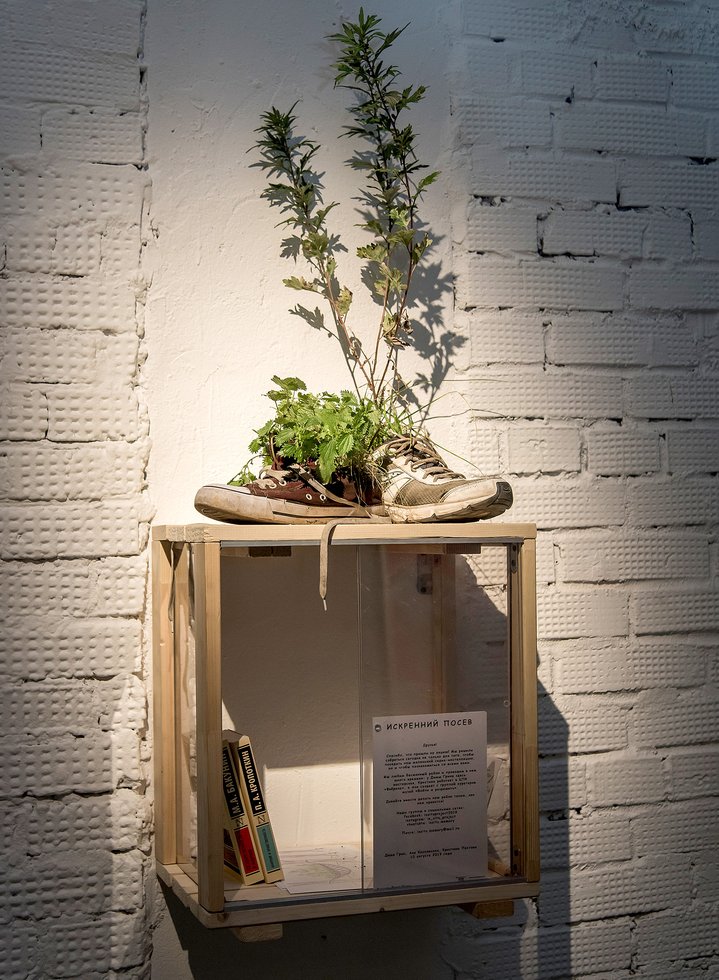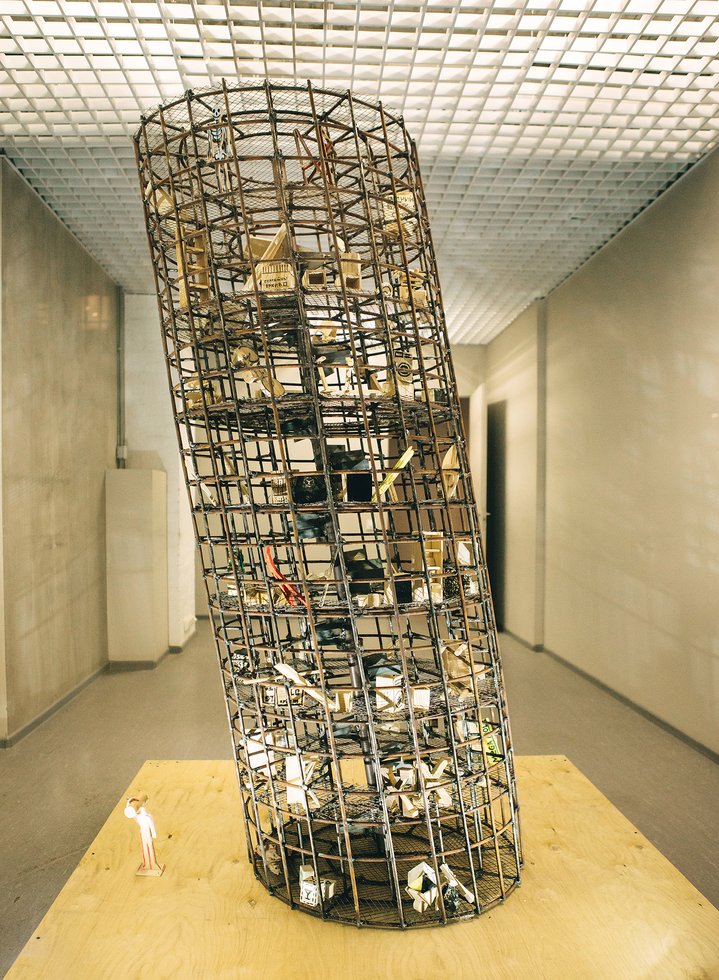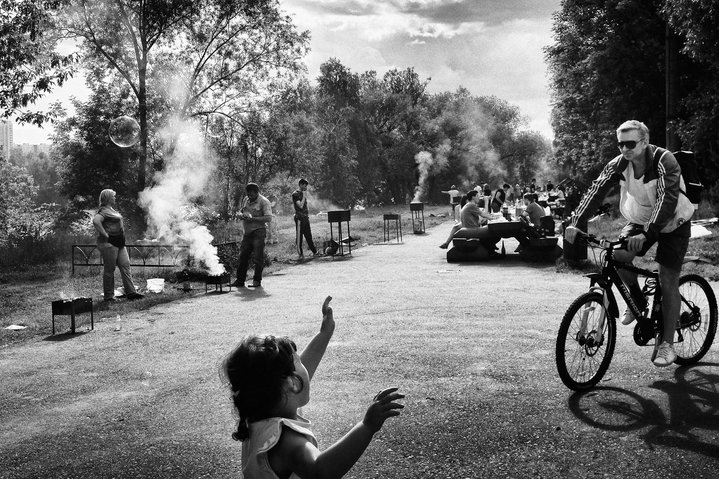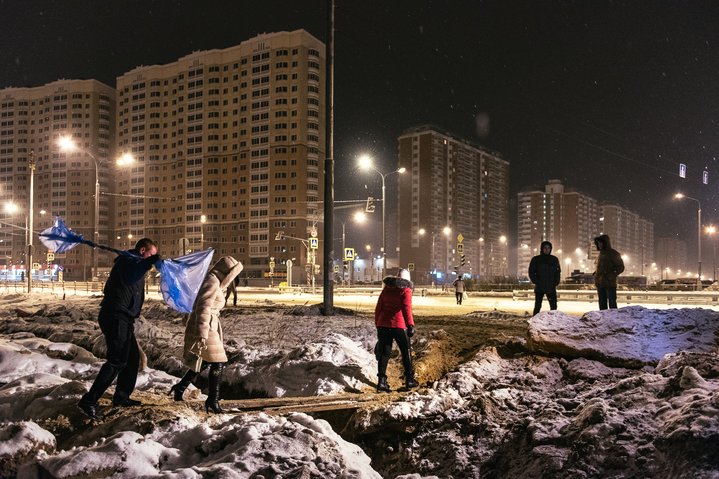Beyond the centre

‘Beyond the Centre’, a collaboration between Russian and Austrian artists, is bringing contemporary art to Moscow’s suburbs.
In Moscow, boundaries between the centre and its periphery are inescapable. The capital’s several concentric transport rings make it unnervingly easy to locate its centre on a map, like hitting the bullseye on the city’s target board.
It is generally assumed that the centre of Moscow’s cultural production is also located at its geographical centre. Since the majority of Moscow’s population lives, so to speak, beyond the centre, this suggests a disconcerting rift between Muscovites and Muscovite art.
Initiated in early 2018 and planned to continue well into 2020, ‘Beyond the Centre’ hopes to bridge such rifts – to open up a cultural dialogue between the centre and the periphery, between art and the everyday.
The project is run by the Austrian Cultural Forum in Moscow, in partnership with a number of domestic and international organisations, notably the Aksenov Family Foundation and the V-A-C Foundation, as well as the Vienna Museum, which focuses on the Austrian capital’s history.
Simon Mraz, director of the Austrian Cultural Forum in Moscow, notes that as a result of recent renovation, the centre of Moscow, much like the centre of Vienna, has come to feel, more or less, “like most big cities”, with “nice bakeries, and very nice parks”.
In order to find the city’s essence, Mraz suggests that we need to “search outside somewhere”. With ‘Beyond the Centre’, he has provided the opportunity to do just that.
From a solo exhibition of artist Pasmur Rachuiko (born 1986) at Moscow’s Gogol Centre, to an artists’ residency in a new housing development in the suburb of Novo-Molokovo, ‘Beyond the Centre’ hosted a varied and original programme during its two-week opening in October.
The series of events began with ‘In Situ’, a group exhibition at the “Fabrika” Centre for Creative Industries. In the middle of that space, a former Soviet paper factory, was a table covered with a map of Moscow, on which all the artists’ studios in the city were marked. It was an attempt to question the role of that kind of studio in today’s society.
Ranging widely both in subject and form, the pieces in the exhibition all probed the complex relationship between artist and space, whether through documenting an artist’s residency in a shopping centre, or reimagining the textiles used to cover façade renovations. While the exhibition itself took place relatively close to the centre of Moscow, the works exhibited almost all focused on its periphery.
If the aim of ‘In Situ’ was to bring the periphery to the centre, ‘Odnushka’, an artist’s residency and sculpture project based in the new housing development of Novo-Molokovo, aims to bring the centre to the periphery. ‘Odnushka’, – which means “one-bedroom flat” in Russian – functions both as a gallery space as well as accommodation for visiting artists. Since its inception this summer, ‘Odnushka’ has been host to a series of artists, all of whom have created pieces inspired by the time they spent and the people they met in Novo-Molokovo during the course of their residency.
‘Odnushka’ is perhaps the most ambitious subset of ‘Beyond the Centre’, and the one which best captures the project’s spirit. According to the programme’s curator, Elena Ischenko, the decision to convert the housing project’s sales office into an artist’s residency was “no coincidence”. The sales office, she says, “was probably visited by all the residents of Novo-Molokovo. Now they will visit this space again, but for a different reason!”
Giving everyday spaces a new purpose by bringing art into them is perhaps the most magical element of this exciting initiative, the effect of which will be felt long after the last piece is taken down from the wall.







